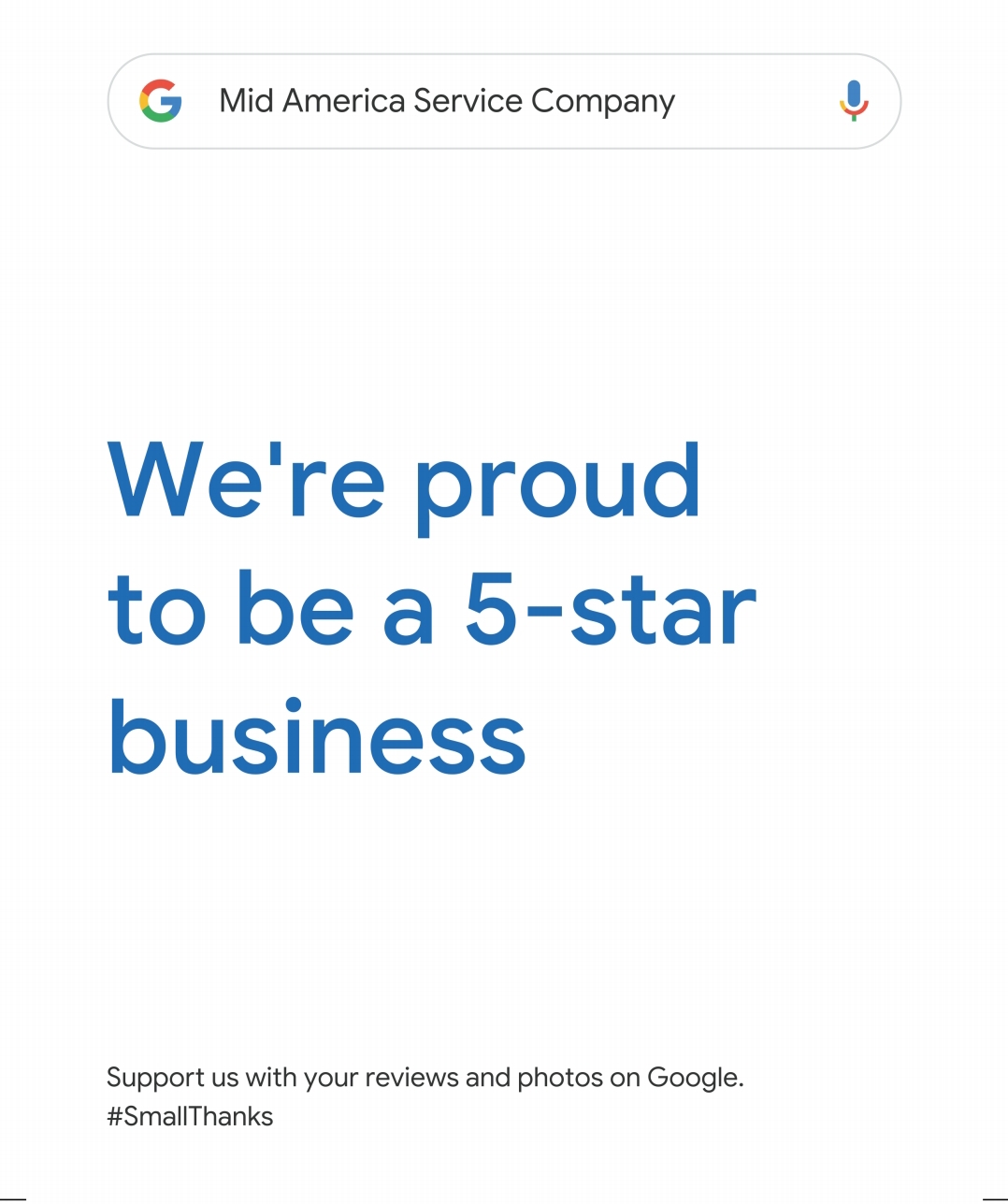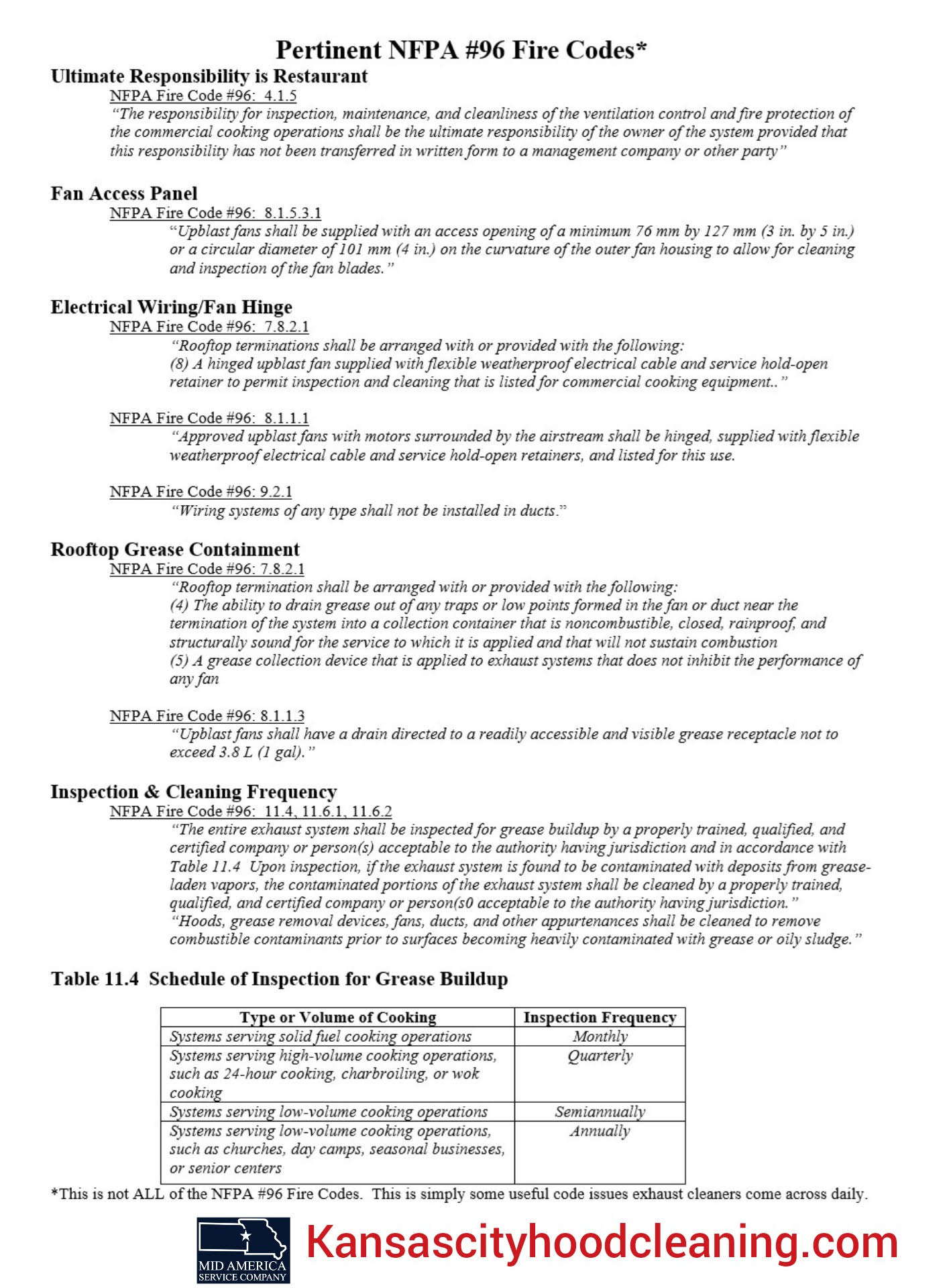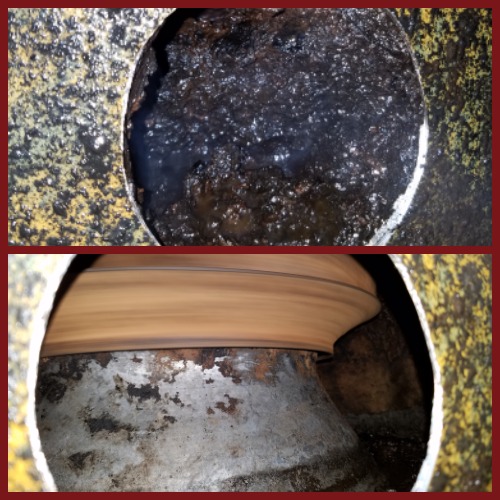For most foodservice operators, what happens on the roof, is a distant concern to the daily challenges happening on ground level and there are a number of commonly overlooked commercial kitchen hazards.
It’s understandable considering all the issues there are to deal with – staffing, food prep, customers, maintenance, purchasing, food cost control…the list goes on and on. And as the hustle and chaos goes on in the kitchen, there is often a quiet and costly hazard being overlooked on the roof: grease discharge from the upblast exhaust fan.
Here’s what happens. Fats, oils, and grease are turned into aerosols during the cooking process and are pulled up into the exhaust hood system. They travel up the through duct work and exit through the upblast exhaust fan. Ultimately, these highly flammable fats, oils, and grease seep out of the fan and onto the roof.
This grease buildup on the roof is cause for concern for several reasons, each with their own consequences.
First, roof grease damage poses a very serious fire hazard. Even if hood filters and ductwork are being properly cleaned and maintained, the grease spilled onto the rooftop is just as flammable and just as dangerous. Because this potential hazard is even more “out of sight, out of mind” than other fire hazards, many restaurant owners and managers don’t consider the risks of improper rooftop grease control until it’s too late.
Beyond fire hazards, grease leaks and spills can cause significant damage to rooftops themselves, breaking down roofing materials and causing warping, splits, cracks, softening, and blistering. This means reduced stability for the roof itself, which translates into the potential for catastrophic building damage, employee injury, or at the very least, the need for costly roof repair.
Excess rooftop grease damage also poses a significant environmental concern. If grease is allowed to spill or leak onto rooftops, over time it will be washed into gutters and storm sewers by the rain, eventually finding its way to bodies of water and causing damage to plant and animal life. Not only is this irresponsible, it can also result in fines from the Environmental Protection Agency for water contamination!
Similarly, the National Fire Protection Association (NFPA) also has standards in place for rooftop grease containment and grease control. Beyond the costs associated with fire damage, employee injury, insurance premiums, or rooftop replacement, failure to comply with NFPA and EPA regulations can result in fines, and even forced closure of your restaurant.
The solution to this problem, however, is actually quite simple. With the installation of an affordable grease containment system, you can protect your roof from grease spills and excess runoff – as well as all of the costs associated with improper maintenance.
Rooftop grease containment systems are available in several designs to accommodate all exhaust fans and every situation from operations with low volume grease discharge to high volume needs. Every system includes its own type of grease absorbent filters (or pillows) to trap grease and repel water.
Compared to the potential costs of not addressing the problem, installation and maintenance of grease containment systems is minimal. Systems range from $70 to $700 depending on the level of protection you need and the absorbent pillows should be changed each time the exhaust hood system is cleaned.








